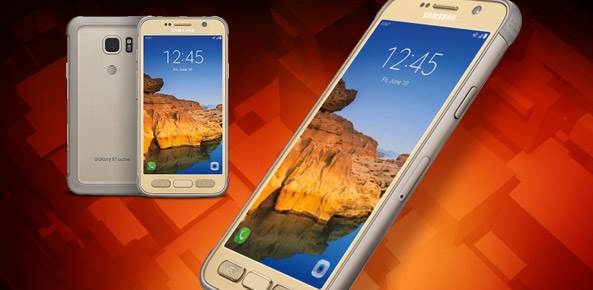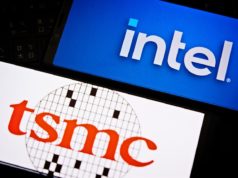Electronics giant Samsung is reportedly planning to launch two new smartphones next year with a new feature that could dramatically shake up the slowing global market for such devices: a flexible screen that can bend or fold.
Citing “people familiar with the matter,” Bloomberg yesterday reported that Samsung plans to release the devices with flexible OLED (organic light-emitting diode) displays “as soon as early 2017.” One of the phones would feature a five-inch screen that could be unfolded into an even larger, 8-inch display.
The South Korean company already makes smartphones with curved, though non-bending displays. The Samsung Galaxy S6 Edge and S6 Edge Plus, which came out in 2015, feature screens that wrap around the sides to display additional information. Samsung also produces curved computer monitors and TVs with curved screens and last month the company demonstrated a rollable OLED screen prototype at the Display Week conference in San Francisco.
Flexible Tech Led by Samsung, LG
Samsung and LG are currently the acknowledged leaders of flexible display technology that requires the use of plastic rather than glass for manufacturing screens. In addition to being flexible, such displays could also enable devices that are thinner and lighter than those on the market today, or free up more room for larger batteries.
Both Samsung and LG have recently announced “significant investment to expand their production capacity,” Guillaume Chansin, Harry Zervos and Khasha Ghaffarzadeh of the research firm IDTechEx noted last month in a report about OLED displays. They predicted the market for plastic and flexible displays will rise from $ 2 billion this year to $ 18 billion by 2020.
Samsung did not respond to our request for comment regarding Bloomberg’s report. However, many observers have pointed out that if Samsung was the first to come out with a flexible-screen smartphone, it could not only turbocharge the company’s sales but provide a powerful new competitive edge over rival firms like Apple, Huawei and Xiaomi.
Could Be ‘Killers’ on Consumer Market
Producing reliable consumer devices with bendable screens requires companies to overcome two key obstacles, Gregory Raupp, director of Macro Technology Works at Arizona State University and a researcher of flexible displays and similar technologies, told us today.
One involves the processes used in fabrication: making plastic screens has to be done at lower temperatures than are currently used for glass displays, he said. Another challenge is adequately protecting the OLED display from the environment, as water and oxygen in even small amounts can cause the technology to degrade, according to Raupp. “They need to be essentially almost hermetically sealed,” he said.
Raupp said it appears that Samsung has succeeded in overcoming both of these challenges. However, another one lies ahead for any company that would be first to market with a flexible phone: the lack of established reliability standards for such devices, he said.
This means there are no recognized benchmarks yet for such things as how many times a flexible device could be rolled up without wear and tear, how tightly such devices could be rolled up, and how many years such technologies could last.
A bendable phone that fails in unpredicted ways and is returned in large numbers by consumers would prove costly for a company. But if Samsung’s devices succeed, they could prove to be “killers” on the market, Raupp said.
With growing numbers of people increasingly using their smartphones for everything from texting to watching movies, a portable device that could be unfolded to yield a larger screen for some tasks means “there’s a very compelling reason to produce something like this,” Raupp said.







